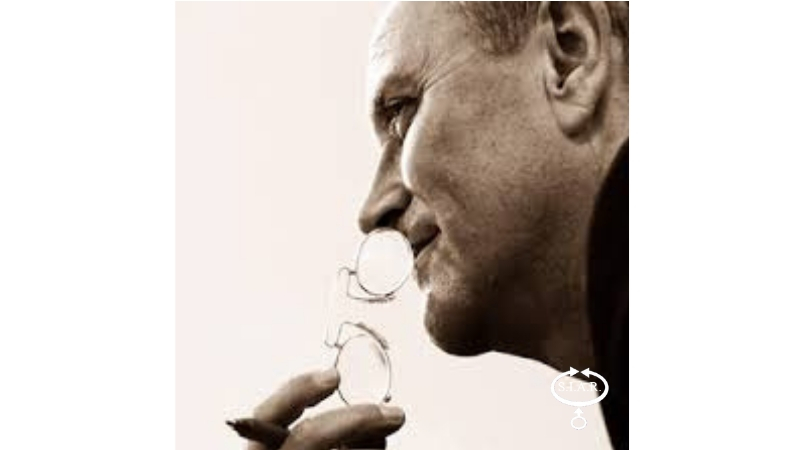By Jenifer Trivelli
Editor’s Note: We offer part of Jenifer’s article for our website readers. Our subscribers can read her entire article in our Subscriber forum and will receive our print issue mid December. Starting January 1, 2020, all new website articles will be available open source.
“You can’t pour from an empty cup.”
“Put on your oxygen mask first.”
Phrases like these suggest an overly simplistic and logical approach to navigating what might be a stressful holiday season in our lives, but as the readers of this publication are well aware, there is a difference between the cognitive understanding of something and the embodied experience of it.
When it comes to the holidays, people have myriad responses. Underneath the traditions and trappings the season brings, most of us really just want to feel connected to something or someone. Connection in and of itself is a beautiful and neurobiologically sound plan.
What we’ve learned from Stephen Porges (2011) is that social engagement is a feature of a higher-level functioning human nervous system. You might find it easy to think of a time you felt connected to someone else, and in turn assign high value to an overall sense of connectedness in your life. And, just as easily, you might have memories of feeling alone or disconnected.
People who may or may not identify as introverts can also readily bring to mind the many pitfalls we can experience with an intense focus on connection. We might ignore (or be completely unaware of) our own needs, choosing instead to put the other person first. We can become so busy chasing connection that we find ourselves depleted, stressed, and no fun to be around by the time we get there. Most noticeably, perhaps, is the effect on those closest to us – our partners and children. That moment we lose our temper or regress into some earlier form of survival reactivity, we know we have jumped the track and lost alignment with what was most important.
Knowing that you tend to over schedule and end up yelling at your family is different than establishing a connection to the felt sensation of it and being able to identify that sensation in the earliest of stages, while there’s still time to shift. As you navigate the upcoming holiday season, consider the following somatic mapping practices to help you shift from a reactionary state to a mindful place where you can sense into what you are feeling and choose how you want to react:
Anchor the experience you’d like to have with somatic mapping.
Create a contrasting somatic map for reference.
Utilize your somatic maps for staying aligned.
Use your anchor and contrasting somatic maps for decision-making.
Support your somatic mapping with good ol’ fashioned cognitive strategy.
Create a larger road map with those closest to you.
Jenifer offers ways to work with each approach. We offer her process to support for our website readers:
Utilize your somatic maps for staying aligned.
When you notice your undesirable sensations creeping (or blowing) in, shift so your body feels a different way and sends a different signal to your brain.
In tune with Porges’ Polyvagal Theory (2011), you might choose a sensory experience that is comforting or reminds you that you are safe. For example, scent is a common sensory experience that comes to mind. No need to pick up a guide to essential oils; your own internal guidance system gives you just the feedback you need to know what scent would help you stay most aligned. Explore difference scents, for example, noticing how cinnamon or evergreen or lavender affects your physiology. (This is also a fun mindfulness strategy to share with a child in your life.) Alternatively, you can use your sense of touch by wrapping up in a warm blanket or asking for a hug from someone you love. The hug also carries the added benefit of utilizing your social engagement system, which Polyvagal Theory tells us is an evolutionary step-up from fight/flight/freeze.
Another strategy you might consider is one you may already be familiar with from Peter Levine’s work with Somatic Experiencing (1997, 2010). To try it, simply notice things around you; allowing your head and eyes to look up, down, and to each side. This noticing draws on a positive feedback loop in our brains that evolved long ago when our ancestors used it to survive. Being aware of the environment back then meant not getting eaten. We can draw on this strategy today, despite the lack of predatory animals in our environments.
People also often discover that sometimes the simple act of bringing awareness to the sensation and holding it with openness and curiosity can begin the shift.
Photo Credits
Greens with candle: Monicore from Pixabay
White field: Emile Sequin from Unsplash
Neurons: Gerd Altmann from Pixabay
Mother holding child: rawpixel from Pixabay
Jenifer Trivelli is a parent of two with a graduate degree in Counseling and more than a decade of experience working with children and families. She offers parent coaching, consultation for organizations and professional development for Educators through her company, WiseMind Educational Services.
She received her M.S. in Counseling from OSU Cascades in Bend, Oregon in 2009. Since then, Jenifer has pursued additional training in the fields of Interpersonal Neurobiology, Attachment Theory and Trauma. She also received certification through Yoga Calm, and facilitates mindfulness and movement for both kids and adults.
In 2014, at the encouragement of her colleagues, Jenifer published her first book, Peanut and the BIG feelings: A Guidebook for Children. As Peanut grew, the need became clear for a second book, written collaboratively with a teen, for teens, called Jamie’s Gift: A Young Teen’s Guide to Fears, Worries, & Other Life Challenges (Like Being Irritated By Other People).
To learn more about Jenifer’s work, publications, and offerings, please visit
www.wisemindservices.com





